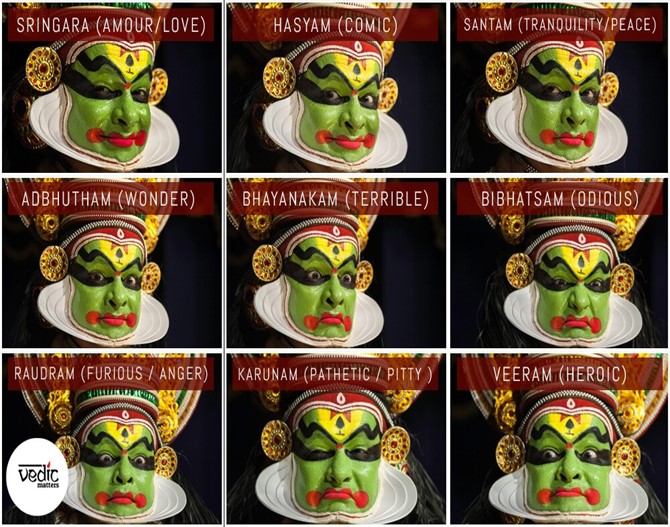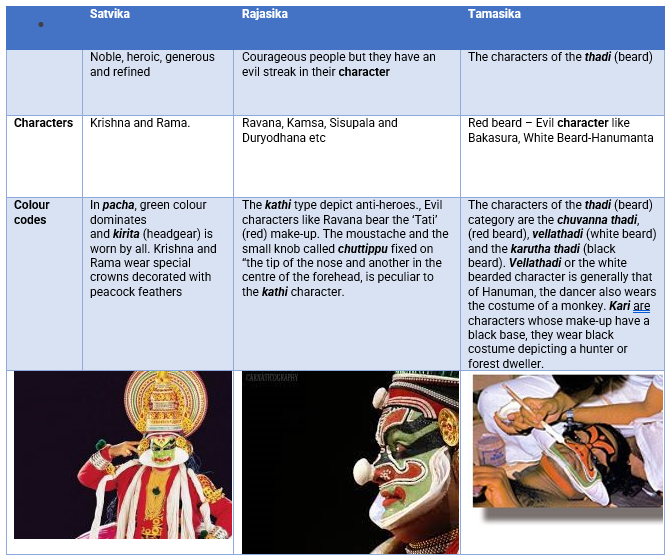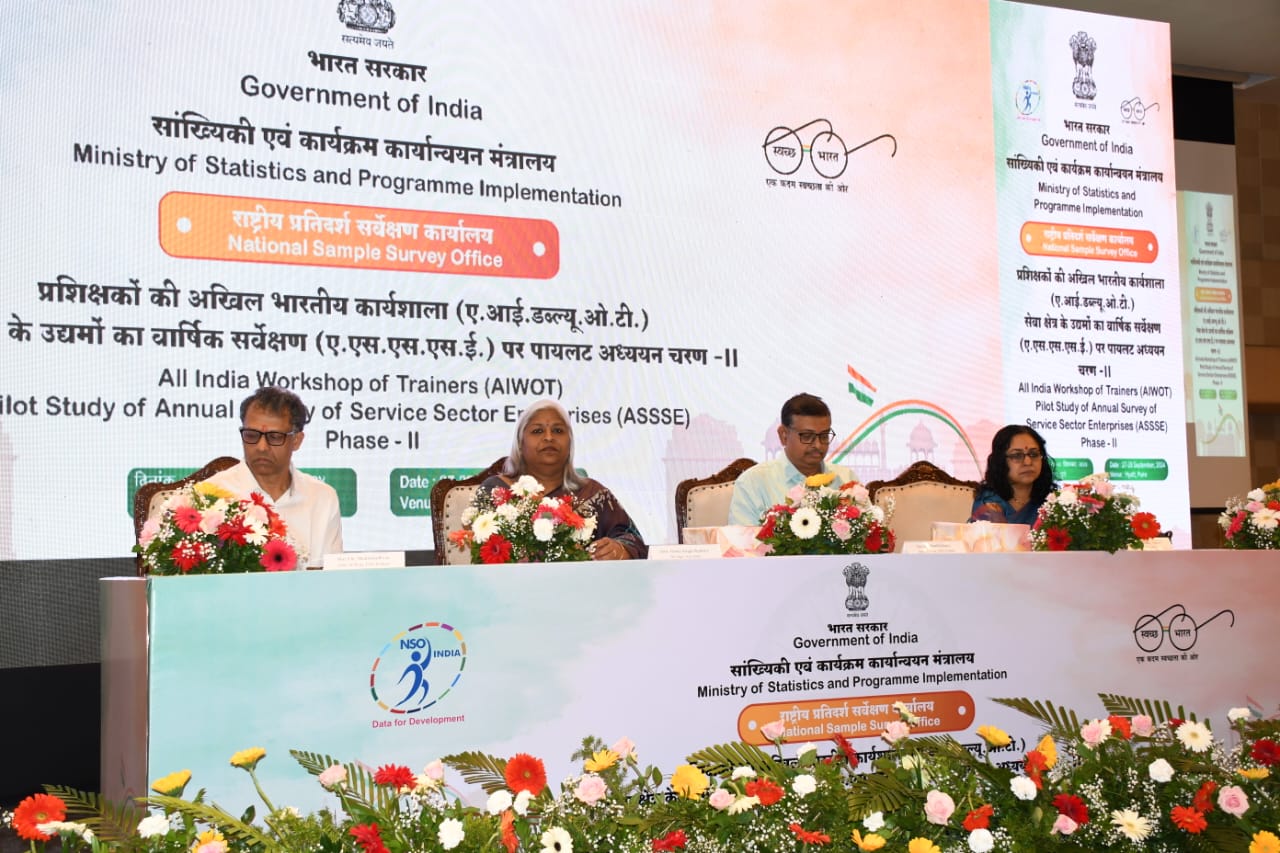- Courses
- GS Full Course 1 Year
- GS Full Course 2 Year
- GS Full Course 3 Year
- GS Full Course Till Selection
- CSAT
- 5 LAYERED ARJUNA Mentorship
- Public Administration Optional
- Online Program
- GS Recorded Course
- NCERT (Recorded 500+ Hours)
- Polity Recorded Course
- Geography Recorded Course
- Economy Recorded Course
- AMAC Recorded Course
- Modern India, Post Independence & World History
- Environment Recoded Course
- Governance Recoded Course
- Science & Tech. Recoded Course
- International Relations and Internal Security Recorded Course
- Disaster Management Module Course
- Ethics Recoded Course
- Essay Recoded Course
- Current Affairs Recoded Course
- ABOUT US
- OUR TOPPERS
- TEST SERIES
- FREE STUDY MATERIAL
- VIDEOS
- CONTACT US
"Kathakali Dance Theatre: A Visual Narrative of Sacred Indian Mime”
"Kathakali Dance Theatre: A Visual Narrative of Sacred Indian Mime”
05-06-2023


Latest Context:
Recently, the renowned writer KK Gopalakrishnan has released a book named "Kathakali Dance Theatre: A Visual Narrative of Sacred Indian Mime."
About the Book:
- The book focuses on to the world of Kathakali, focusing on the green room, artists' struggles, and the unique bonds made during long make-up hours.
- This book is full of photographs depicting the masters of the art, green room activities and the vibrant theatre of Kathakali.
So, What is Kathakali?
- Emerged in 17th Century: Basically, the Kathakali emerged in the 17th century in the kingdom of Travancore (present-day Kerala).
- Beginning: The art form was initially performed in temple precincts and later gained popularity in the royal courts.
- Based on Natya Shastra: Kathakali is based on Natya Shastra (the ancient treatise on dance) written by Bharata Muni. However, Kathakali also relies on Hasthalakshana Deepika, another classical text for its hand gestures.
- Downfall: Kathakali was on the verge of extinction in the beginning of 20th century but the renowned Poet Vallaththol Narayana Menon and Manakkulam Mukunda Raja took the initiative to set up Kerala Kalamandalam (a centre of excellence for classical art forms) for the revival of kathakali.
- Dance and Music: Kathakali combines elements of dance, music, mime, and drama. The movements are highly stylized and include intricate footwork, rhythmic swaying, and various hand gestures called ‘mudras’.The dancers use their facial expressions, known as ‘rasas’, to convey emotions and tell stories.
- Language used: ‘Manipravalam’, which is a blend of Malayalam and Sanskrit, is the language used in Kathakali songs. The text of Kathakali songs is known as ‘Attakkatha’.
- Instruments used: Chenda, Maddalam, Chengila and Elaththalam are the major instruments used with Kathakali music.
- Costumes: The costumes are colourful and extravagant, with heavy jewellery and headdresses.
Kathakali make-up is classified into 5 types according to the nature of the character and these are:
- Pacha (green): noble and heroic characters, such as gods, kings and sages.
- Katti (knife): anti-heroes or villains with streaks of nobility or bravery
- Thadi (beard): different types of beards denote different types of characters, such as:
a) Vella Thadi (white beard): divine or benevolent characters
b) Chuvanna Thadi (red beard): evil or demonic characters
c) Karutha Thadi (black beard): forest dwellers or hunters
- Kari (black): characters who are evil or cruel such as demons or witches.
- Minukku (radiant): characters who are gentle, virtuous or refined, such as women, sages or Brahmins.
- The characters in a Kathakali performance are broadly divided into satvika, rajasika and tamasika.

Some Recent Developments in Kathakali are:
- Opened for Women: Traditionally, it was performed by mAale actors only but Kathakali has gradually opened up to female performers who have trained in this art form and taken up various roles.
- Updation and Innovation in Themes: Apart from the classical stories from Hindu epics and puranas, Kathakali has also explored new themes from other sources such as Shakespearean plays, social issues, historical events and contemporary topics.
What is the relevance of Kathakali for today's Audience?
- To understand Kerala’s unique culture, Kathakali can be an important medium.
- It is to be understand that Kathakali is a complex art form and requires the audience to familiarise themselves with its gestural language, make-up codes, and stories to fully appreciate its depth.
- Another thing is that the introduction of modern technology, such as microphones and improved acoustics, has contributed to the renaissance of Kathakali music and its popularity.



